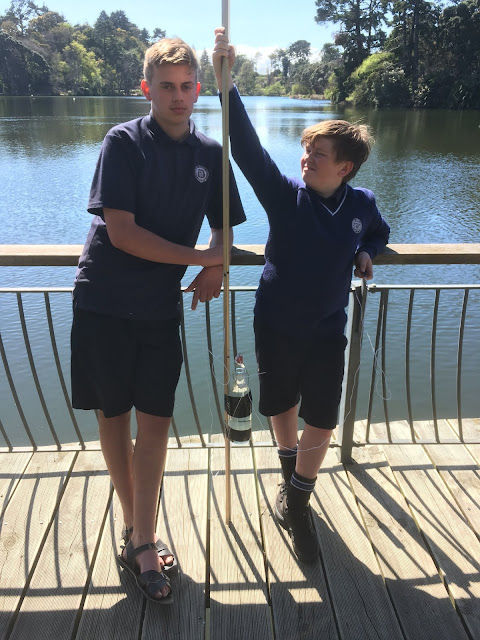Lakes380 day with Whanganui City College Year Nine students

Dr Mike Paki tells the story of Tainui, Turere and Ranginui to begin the Lakes380 day at Rotokawau - Virginia lake with Year Nine students from Whanganui City College Thirty Year Nine students led primarily by 9Hihi, hosted scientists from the Lakes380 team at Rotokawau - Virginia lake on Tuesday 22nd October, 2019. The scientists are on a three year project to report on the state of health of the nation's lakes and their visit to nearby Westmere lake coincided with the work 9Hihi have been doing in class on water quality and lake eutrophication processes at Rotokawau - Virginia lake. The coming together of the scientists and our students was arranged through the Partnership Through Collaboration trust and we are very grateful to them for organising this opportunity. The day began with introductions and a presentation of the Lakes380 project to the students in the hall of Whanganui City College. The students were then given the opportunity to work with the scientists a





